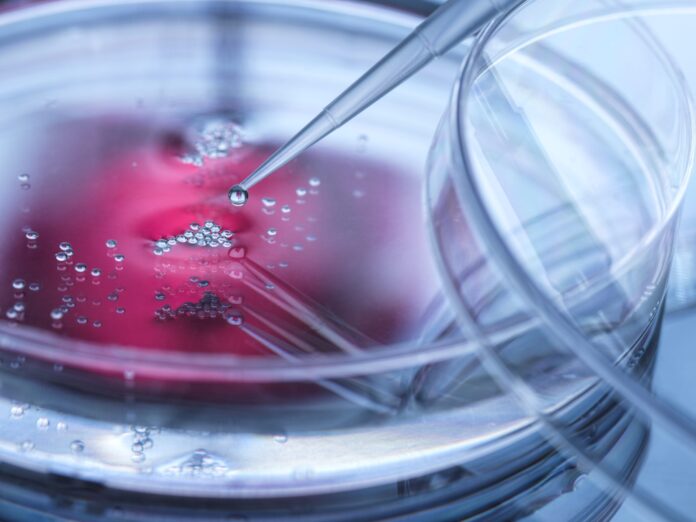
The first study to successfully use extracellular vesicles (EVs) to deliver cargo into T cells offers a solution to the gene- and cell-therapy delivery problem. The system the team used binds to target cells and effectively transfers drugs inside. Called GEMINI (Genetically Encoded Multifunctional Integrated Nanovesicles), the new platform comprises a suite of technologies for genetically engineering cells to produce multifunctional EVs.
“A key goal of this work was using rigorous methods to ensure that the cargo got all the way to where it needed to go,” said Northwestern University’s Joshua N. Leonard, who led the study. “Because we’re making edits to the genome of these cells, we can use powerful technologies like next-generation sequencing to confirm that those exact edits were present in the recipient cells, in the location of the genome where they were intended.”
The research was published in the journal Nature Biomedical Engineering. Leonard is a professor of chemical and biological engineering at Northwestern’s McCormick School of Engineering and a key member of the Center for Synthetic Biology (CSB).
EVs are tiny, virus-sized nanoparticles that all cells already naturally produce. In the new study, researchers used synthetic biology to build DNA “programs” that—when inserted into “producer” cells—direct those cells to self-assemble custom EVs with useful features. The programs also direct cells to load the EVs with biological drugs.
In proof-of-concept experiments by these researchers, the particles successfully delivered biological drugs—in this case CRISPR gene-editing agents that knocked out a receptor used by HIV—to T cells, which are difficult to target. The researchers hypothesize the system should work for many drugs and many types of cells.
Viral vectors are a favored delivery mechanism for both cell and gene therapies. But the immune system sometimes recognizes virus parts as foreign and blocks such vectors before they deliver their cargo.
“Viruses have a natural ability to enter cells and deliver cargo,” Leonard said. “Borrowing viral parts is an effective strategy for achieving delivery, but then you are somewhat limited to the types of delivery that the virus evolved to do. It takes substantial engineering work to tweak those systems to alter their functions for each application. In this story, we instead attempted to mimic the strategy that viruses have evolved, but we used new biological ‘parts’ to overcome some limitations of viral vectors and ultimately make new functionalities possible.”
To design a multifunctional vehicle, the researchers looked to EVs, which Leonard described as “a blank slate.” In all living beings (from yeast to plants to humans), cells naturally shed EVs, which researchers think play an important role in communication among cells and natural processes such as immune function.
“These particles are being shed and taken up by cells all the time—in both healthy and disease processes,” Leonard said. “For example, we know that cancer cells shed EVs, and that seems to be a part of the process by which cancer spreads from one site to another. On the flip side, EVs also transfer samples of invading pathogens from infected cells to immune cells, helping the body marshal an effective response.”
Leonard’s team developed and synthesized custom DNA molecules that were introduced into a producer cell. The DNA provided instructions for the producer cell to produce new biomolecules and then load those molecules onto the surface and inside the interior of EVs. This effectively generated EVs adorned with specifically designed characteristics—and cargo already in tow.
“By demonstrating the ability to genetically encode cargo and surface compositions of nanovesicles with the GEMINI platform, we can turn a hard biology problem into an easier DNA engineering problem,” Leonard said.













